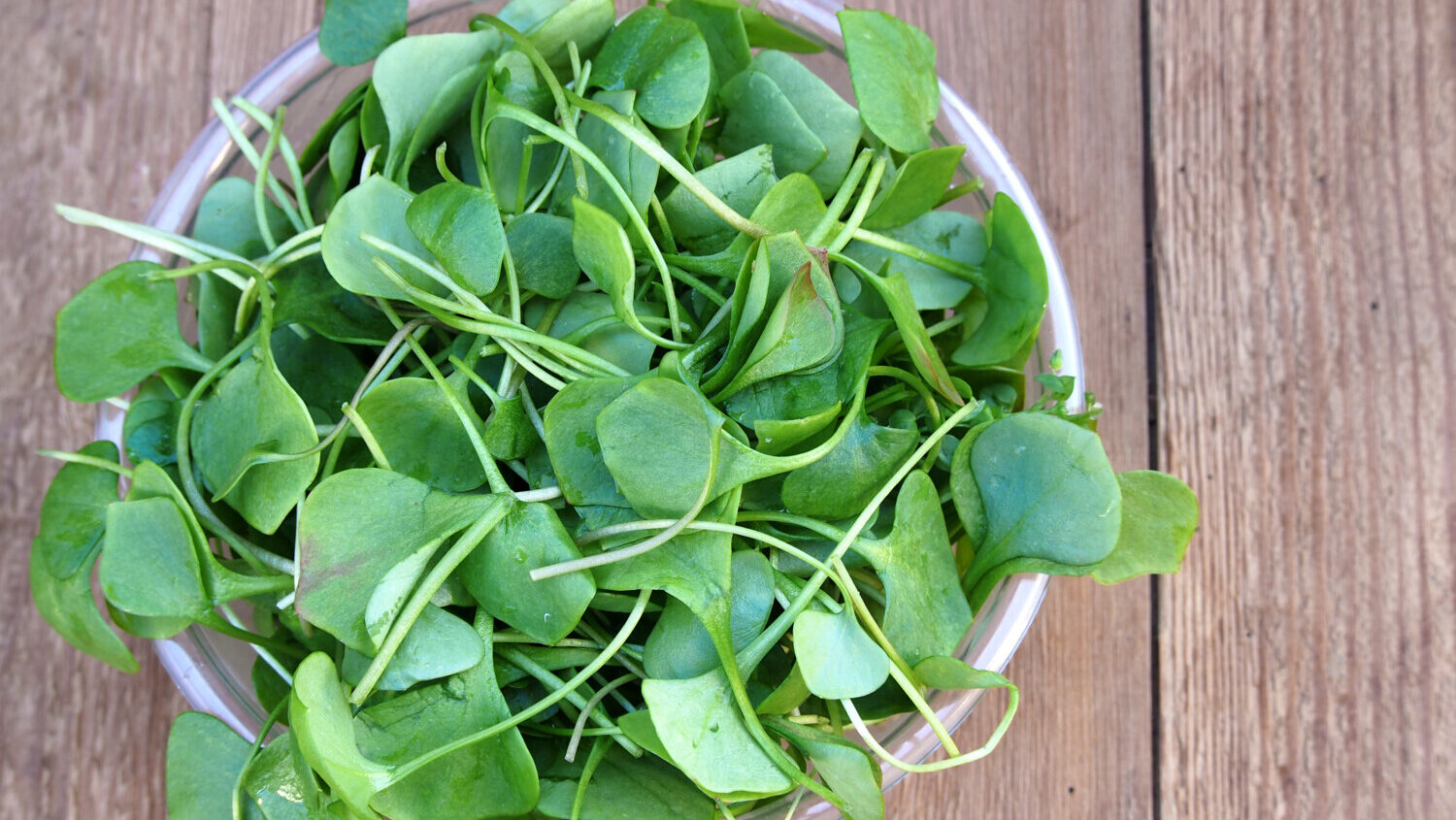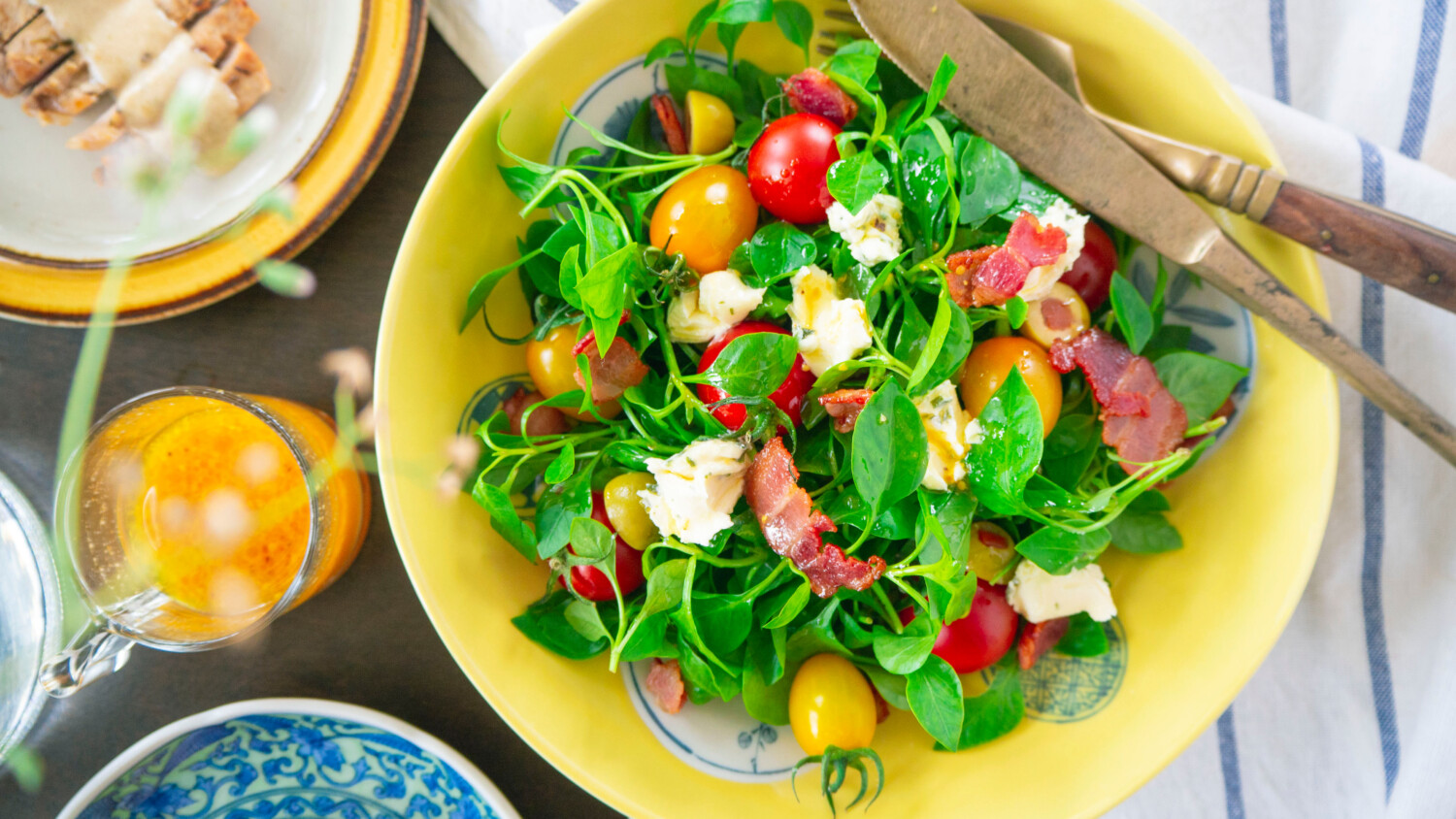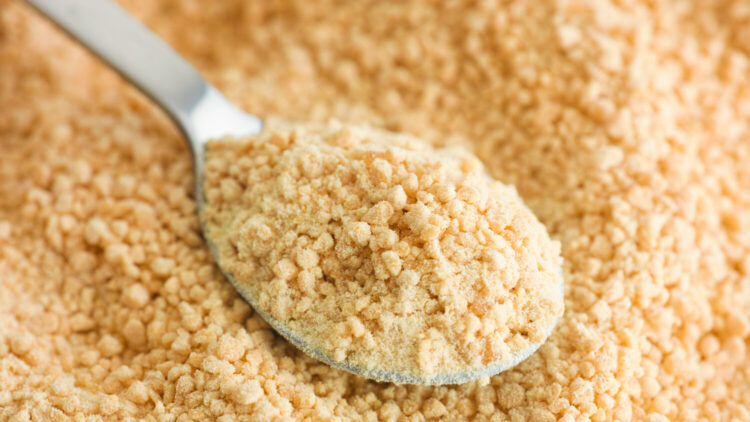Who knew? Watercress is the healthiest vegetable, per the CDC
If you were asked to name the healthiest vegetable, what would you say? Broccoli, spinach or maybe kale?
They’re all fine choices with excellent health benefits, but when the CDC ranked fruits and veggies by nutrient density, watercress topped the list.
The CDC made its calculations by selecting 17 crucial nutrients and determining how much of these nutrients show up in a serving of food in a daily 2,000-calorie diet. Watercress scored 100 points, landing it at the top of the CDC’s list of most nutrient-dense veggies.
The leafy green is super high in vitamin A, providing 22% of the daily recommended value per cup. It provides 24% of the daily recommended value of vitamin C per cup, which plays a vital role in immune function and helping the body to produce collagen, metabolize protein, absorb iron and defend against disease. It also provides 106% of the daily recommended value of vitamin K per cup, which is necessary for blood clotting and maintaining healthy bones.
And those are just a few of its vitamins! With all of these many nutrients in watercress, it’s hardly surprising that nutritional researchers found adding watercress to your diet can raise the level of antioxidants in your blood. This can help reduce the risk of chronic diseases like cancer and heart disease. Other studies have shown its ability to reduce blood sugar levels, making it a potentially helpful weapon in combating diabetes.
Nearly everyone can benefit from more watercress in their life. With that said, if you are taking blood thinner medications, you need to watch your intake of vitamin K — one of the nutrients plentiful in watercress — because it can interfere with its effectiveness.
MORE: Here’s what you need to know about lecithin and weight loss
How To Eat More Watercress
You may think of watercress as a salad green. Many chefs use it as a garnish to top off dishes as they would cilantro or parsley. As a leafy green in the same family as kale, it does get a lot of play as a raw leafy green in salads. It adds a peppery and slightly bitter flavor that’s similar to arugula.
But you can also add watercress to stir-fries, pasta or soups. In fact, cooking watercress with fat (like olive oil) can reduce the bitterness. Just be sure not to overcook it.
“The longer you cook vegetables, the more the vitamins escape,” medical nutrition specialist Amy Lee, MD told Delish. “It leeches into the cooking liquid and you’re left with the vegetables and nothing else.”
The only real downside of watercress?
“It’s not super common,” Dr. Lee told Delish. “It can only be found at specialty markets and places like Whole Foods, not your typical Safeway.”
The good news is that watercress is relatively easy to grow at home if you keep it on a semi-sunny windowsill. Buy a watercress plant at your local nursery and place the container in a north-facing window, or on a windowsill that will give it about four hours of sunlight each day. Watercress loves water (it’s in the name, after all!) so make sure to water it often to keep the soil damp.
MORE: What experts have to say about sea moss, the latest wellness trend








